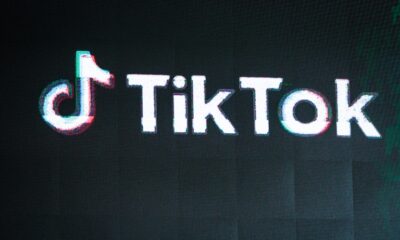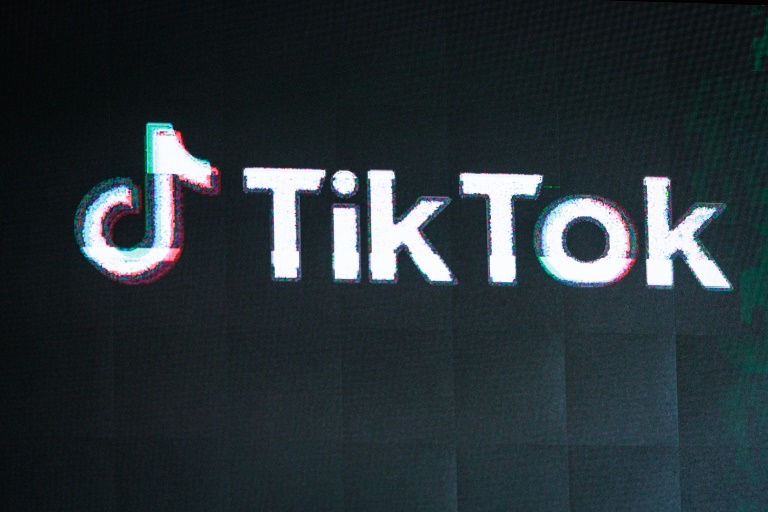Her fluffy face now frail, Kabosu still flashes the enigmatic smile that made her the go-to meme dog for millennials and inspired a $23 billion cryptocurrency beloved by Elon Musk.
She’s best known as the logo of Dogecoin, but to Atsuko Sato, Kabosu is the elderly former rescue puppy who accompanies her every day to work at a kindergarten.
“It felt so strange” to discover her dog was an internet celebrity, Sato told AFP in Sakura, where Tokyo’s eastern sprawl gives way to fields of rice and solar panels.
In 2010, two years after adopting the shiba inu, Sato posted a picture on her blog of Kabosu crossing her paws on the sofa and giving the camera a beguiling look.
That image became the “Doge” meme — and later an NFT digital artwork that sold for $4 million.
“She’s pulling a weird face,” Sato laughed. “Now I think she looks really nice” in the famous photo but “at first I thought it could be trashed”.
The meme grew from an online forum post into an anarchic in-joke that bounced from college bedrooms to office emails.
“One of my friends messaged me: ‘Isn’t this picture Kabosu?’ Then I searched for it and found all sorts of memes, like Kabosu turning into a doughnut,” Sato said.
The 62-year-old is now so used to “unbelievable” events that when Tesla boss Musk changed the icon for Twitter, now X, to Kabosu’s face last year, she “wasn’t even that surprised”.
“In the last few years I’ve been able to connect the online version of Kabosu, all these unexpected things seen from a distance, with our real lives.”
– ‘Mona Lisa of the internet’ –
Kabosu spends most days resting in a cart at the kindergarten or on a big cushion at home, where fan-made Doge tributes adorn the walls.
The memes typically use goofy broken English to reveal the inner thoughts of Kabosu and other shiba inu “doge” — usually pronounced like pizza “dough” but with a “j” at the end.
“Very love. Such star OMG. So heart. Much drawing,” says one framed print using this signature “doge speak”.
Kabosu fell ill with leukaemia and liver disease at the end of 2022, and Sato is sure the “invisible power” of prayers from fans worldwide helped her pull through.
Then in November last year, a $100,000 statue of Kabosu and her sofa crowdfunded by Own The Doge, a crypto organisation dedicated to the meme, was unveiled in a park in Sakura.
Sato and Own The Doge have also donated large sums to international charities, including more than $1 million to Save the Children. The NGO says it is “the single largest crypto contribution” it has ever received.
“The Doge is the most popular dog of the modern era,” said Tridog, a pseudonymous member of Own The Doge, describing Kabosu as “the Mona Lisa of the internet”.
– ‘People’s crypto’ –
Dogecoin was started as a joke by two software engineers and is now the world’s eighth most valuable cryptocurrency with a market cap of $23 billion.
“The Doge meme was pretty big on the internet in 2013 and I spent a lot of time on Reddit and other forums back then,” Dogecoin co-founder Billy Markus told AFP.
Markus, who is no longer affiliated with Dogecoin, was amused by the “silliness and innocence” of the memes.
Fellow founder Jackson Palmer “drank a beer and saw the doge meme and Bitcoin in the news and thought saying he was gonna invest in Dogecoin would make a funny tweet”, he said.
Markus found the idea “hilarious” and created the coin in “a few hours” before contacting Palmer and taking it live.
“Lots of weird stuff happened after that,” he said.
Since then, Dogecoin has been backed by stoner hip-hop king Snoop Dogg, “Shark Tank” entrepreneur Mark Cuban and Kiss bassist Gene Simmons, who once tweeted: “I bought Dogecoin… six figures.”
But its most keen supporter is probably the billionaire Musk, who jokes about the currency on X — sending its value soaring — and hails it as “the people’s crypto”.
Dogecoin has also inspired a plethora of other cheap and highly volatile “memecoins”, including spin-off Shiba Inu and others based on dogs, cats or Donald Trump.
– ‘Legend lives on’ –
A solitary figure wearing a Doge mask looks out over the Los Angeles skyline — this is Tridog, who says he has “worked for a dog photograph for almost three years”.
Own The Doge is his full-time job, and he preaches their motto D.O.G.E, or “Do Only Good Every Day”.
In 2021, Sato sold the viral photo of Kabosu as a non-fungible token (NFT), a digital ownership certificate that can be traded online, to a group of crypto art collectors called PleasrDAO for $4.2 million.
That makes it “a top-five most expensive photo ever sold”, Tridog told AFP.
PleasrDAO split the NFT’s value into a brand-new memecoin called $DOG, allowing many people to collectively “own” the meme.
Own The Doge has brought fans and other meme stars to Japan to meet Kabosu and Sato, and it recently secured the intellectual property rights to the famous photo, paving the way to make Doge toys, films and other products.
As a rescue dog, Kabosu’s real birthday is unknown, but Sato estimates her age at 18 — past the average lifespan for a shiba inu.
When Kabosu dies, “the world will mourn”, Tridog said, but “a legend always lives on”.
He hopes people will remember “the deeper values” behind the Doge meme: “the wholesomeness, the silliness, the not taking yourself too seriously.”

 Business4 months ago
Business4 months ago
 Business5 months ago
Business5 months ago
 Events3 months ago
Events3 months ago
 People4 months ago
People4 months ago
 Events6 months ago
Events6 months ago
















